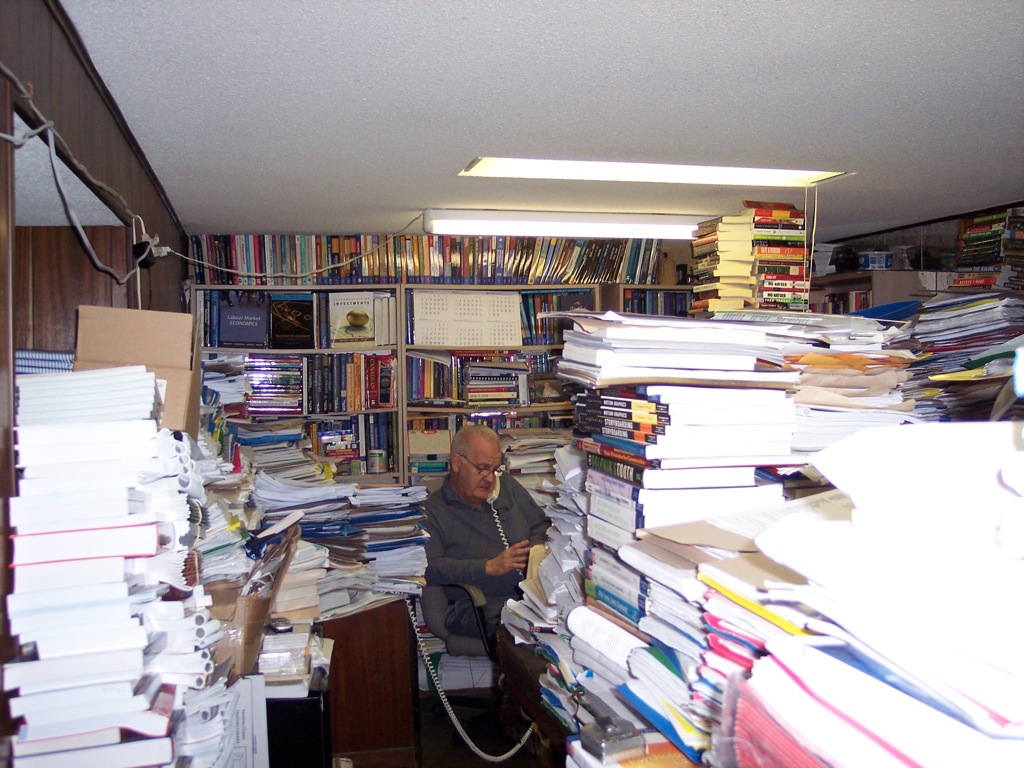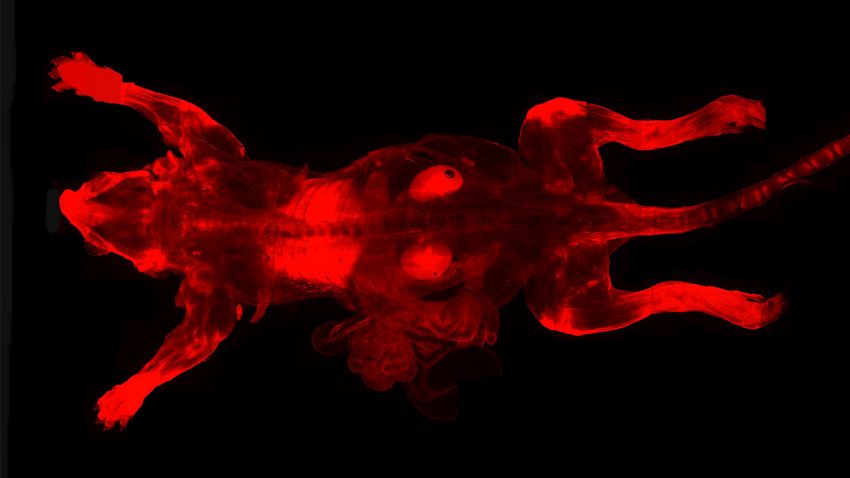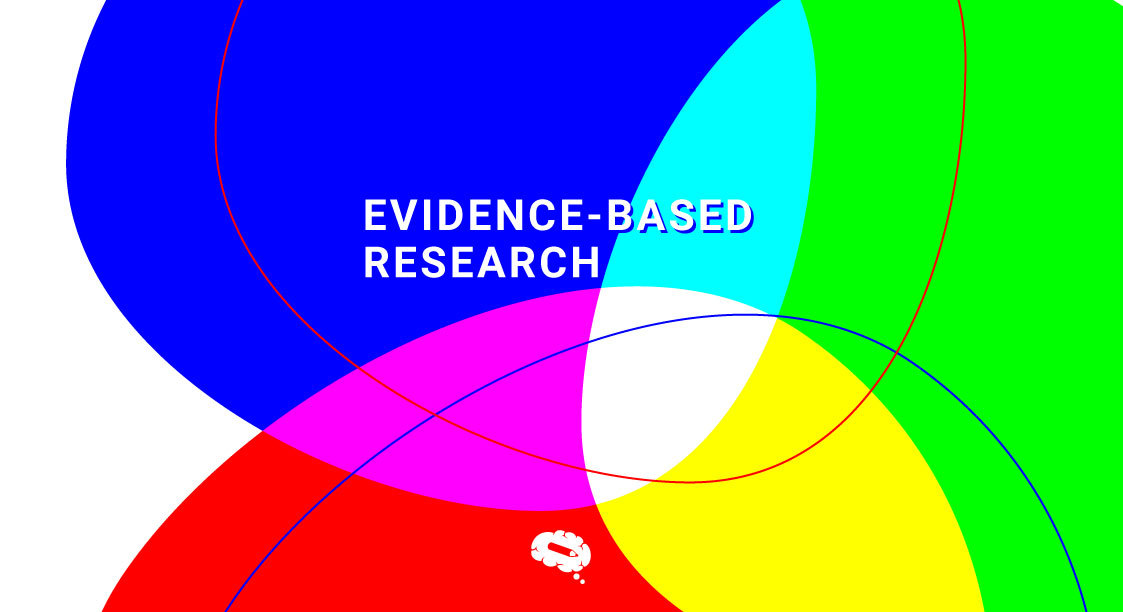Once we start our academic life, many things are required from us. We measure success in Science by the amount of papers we have published. Thus, the race to get our research done starts.
We can see why getting our research published is so importat. To get there, it is a long way making experiments and collecting data – not to mention going through revisors and journal editors. It is no piece of cake.
However, in order to get published the purpose behind doing it got lost. At first, a paper published meant:
- A good question
- Well-design experiments
- Relevant data to the question
- Analisis and discussion that added new points of view towards the study subject
- A contribution to Science and the world we live
We don’t need to be a genius to realize that this is not always what happens.
According to a study, published papers are read by an average of 10 people. And that is not all. 82% of published papers are not even cited once – of those which are cited, only 20% have been read.
Can you imagine having all the trouble to publish a paper and not getting it read by anyone other than the authors, peer reviewers and journal editors?
Well, that is the fate of most papers.
So why do we measure success in Science by the number of papers we publish?
Can you imagine if we measured our success in a different way? Maybe in how many people read our papers and cite them?
If this was true, some changes would be in order. For exemple, we would need a much easier way to explain our studies. Researchers would be interested in – not only publishing their findings – but also making sure they are easy to understand.
If we take a look at how journals are communicating, we can see that some of them are already changing their publishing instructions. Nowadays we find journals requesting better figures/plots and even graphical abstracts.
Maybe it is the time to think a bit different about why and to whom we publish our findings. In a few years, having many papers published but none of them read could mean you have not successed in Science.

Subscribe to our newsletter
Exclusive high quality content about effective visual
communication in science.






